Shrinking and Stretching Fabric for Shape

Claire B. Shaeffer shares couture methods for shrinking and stretching fabric to shape garments. These techniques are used frequently in haute couture but are rarely part of home sewing. Learn how to mold and shape wool fabrics, for high-quality sewn garments.
Easing a seamline
Many patterns include seams that need to be eased; sleeve caps are the most common places in commercial patterns where ease is required. You may also ease a back shoulder seam to the front shoulder. Often, the amount of ease is small and can be handled with machine-sewn easestitching. However, you can also replace small darts and other shaping devices by easing, if the fabric can be shrunk. Another couture use for this technique is shaping a stand-up collar that is cut as a straight piece of fabric. You can gently shape it into a curve, so any woven patterns such as stripes or plaid lines follow the collar’s curve.
Wool fabrics, especially those with softer finishes, such as flannel and crepe, are the best choices for this treatment. Hard finishes, as in worsted wools, are more challenging to shrink.
Apply easestitching
Begin by applying hand-worked ease-basting stitches. These are short running stitches. Sew one row on the thread-traced seamline and another row within the seam allowance. If the fabric calls for greater control, add a third row just outside the seamline, within the body of the garment. This final row should be removed after the garment is constructed. You may leave the other two rows in. Knot the thread at the start of each row, but leave it unknotted at the end, with a long thread tail.
Shrinking the fabric
Once you’ve sewn the ease-basting, pull the threads’ loose ends to shorten and slightly gather and curve the seamline. Steam the area with a…























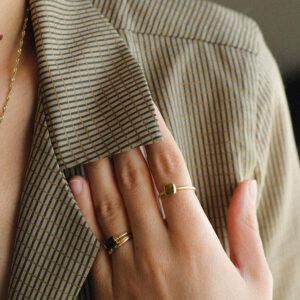
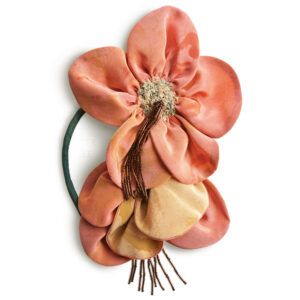
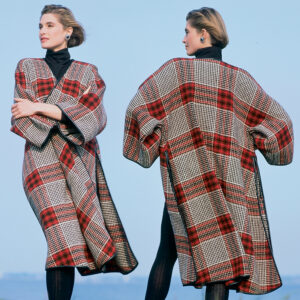
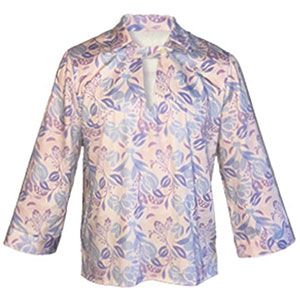
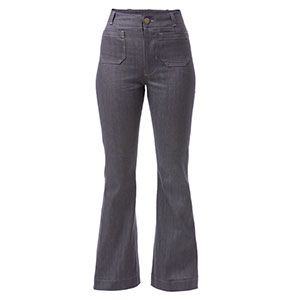
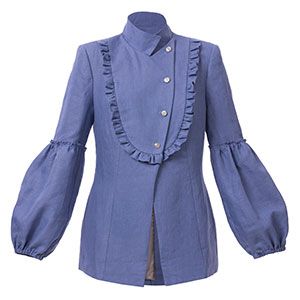
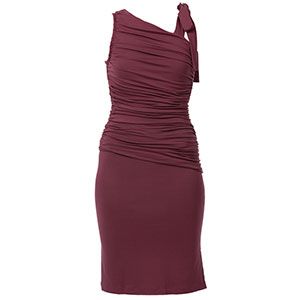
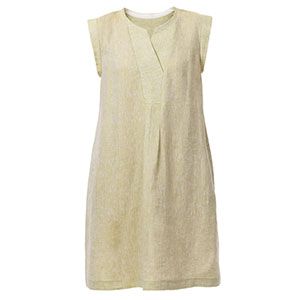
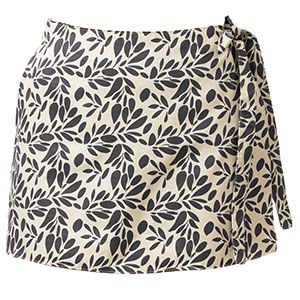
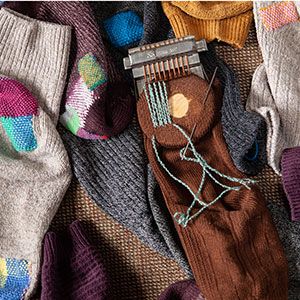
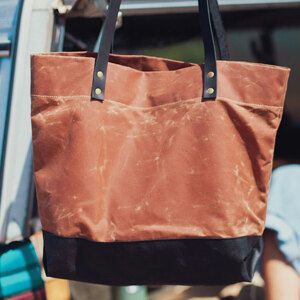
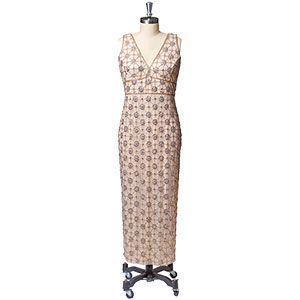
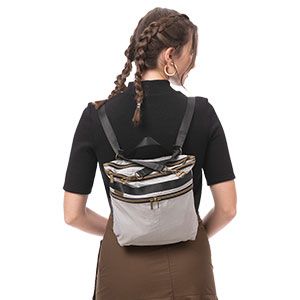
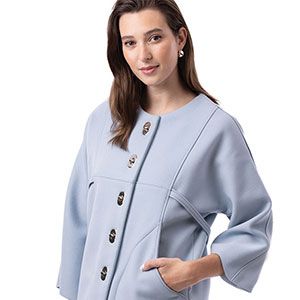
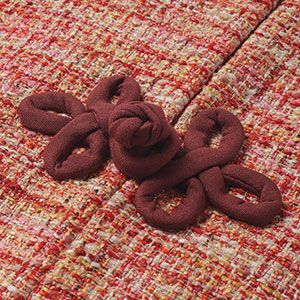









A wonderfully informative video. Claire is an excellent teacher, and although there is extra work involved, the professional results speak for themselves. Well done.